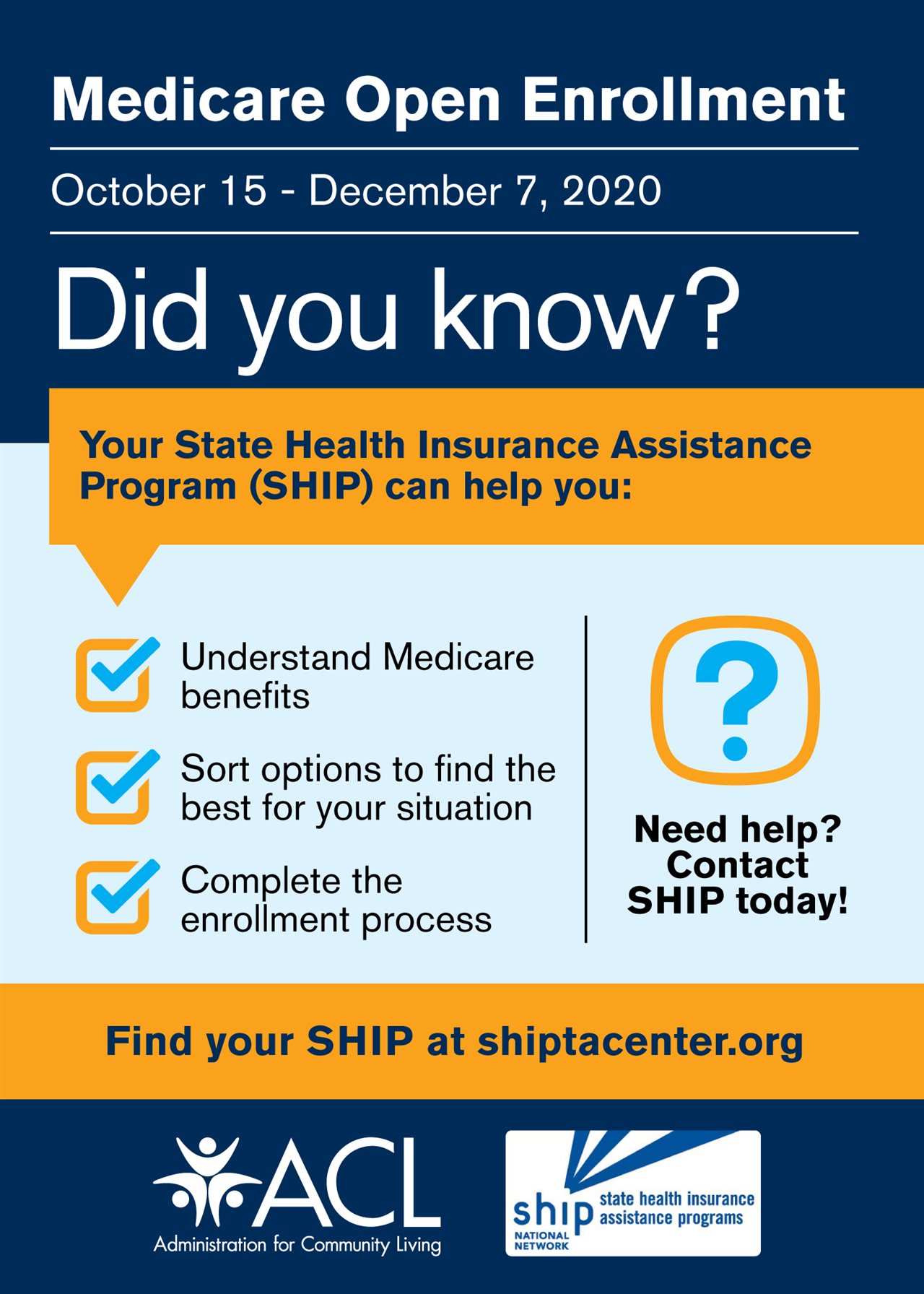2020-09-09T14:03:00
(BPT) – If you’re one of the millions of caregivers in the United States, you know that COVID-19 — and the realities of social distancing and isolation — may complicate the day-to-day tasks of caregiving. But even now, it’s important to remember that you can continue to make a positive impact on your loved one’s life.
While you may be unable to physically be with your loved one, remind yourself that what you’re doing from a distance does matter. Careful, thoughtful planning and clear communication may help make remote caregiving easier on you and the person you’re caring for.
1. Stay connected.
Communicate through video chats whenever possible to help them feel engaged. Encourage family and friends to call often or write letters and notes. You may also be able to set up a medical alert system that can help you track and monitor the person in your care. Look for a system that’s designed with caregivers in mind.
2. Get smart with prescriptions.
If the person in your care regularly takes medication, talk to his or her pharmacist to see if they offer a mail-order option. You may even be able to order early refills or get 30- or 90-day supplies. During the COVID-19 outbreak, some pharmacies may waive delivery fees.
3. Explore remote options for food.
Visiting the grocery store may feel unsafe for those who are at a higher risk of serious infection. The good news is, there are many options for food delivery. Whether it’s groceries, meal kits or Meals on Wheels, there are ways to help make sure your loved one is taken care of with nutritious meals.
4. Consider telehealth for medical needs.
If a medical appointment is necessary, connecting virtually through a phone or video app may be a good option for non-emergency needs. Call your loved one’s doctor’s office to see what options are available.
5. Have a plan of action.
With the current uncertainty surrounding COVID-19, it’s important to regain a sense of control and confidence. Some steps may include:
- Collect contact information. Build a list of contacts, including family members, care providers, pharmacies, care managers, senior service agencies and anyone else that you may need to get a hold of.
- Gather health documents. Because care recipients often have complicated medical situations, keeping all paperwork in one place can be invaluable. This could also include important financial and legal records. UnitedHealthcare also has a Care Organizer available, which can be a way to keep all your information together.
- Become an authorized representative. As an authorized representative, you’re able to help with payments, the choice of doctor and other care decisions. To add an authorized representative, your loved one can visit his or her health plan website or call the customer service number on the back of the ID card.
Caring for loved ones at a distance may be unfamiliar territory, but knowing what tools and programs are available to help you can help ease uncertainty — both for you and those in your care.
For more resources and information that may help you with caregiving, visit https://www.uhc.com/caregiving.











